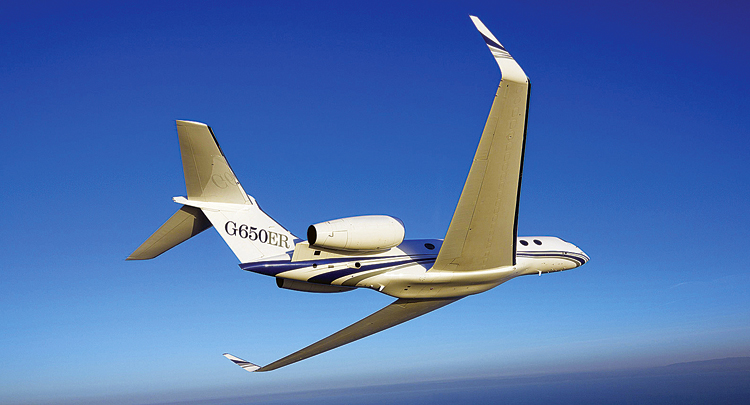INDIAN ARMED FORCES CHIEFS ON OUR RELENTLESS AND FOCUSED PUBLISHING EFFORTS

The insightful articles, inspiring narrations and analytical perspectives presented by the Editorial Team, establish an alluring connect with the reader. My compliments and best wishes to SP Guide Publications.

"Over the past 60 years, the growth of SP Guide Publications has mirrored the rising stature of Indian Navy. Its well-researched and informative magazines on Defence and Aerospace sector have served to shape an educated opinion of our military personnel, policy makers and the public alike. I wish SP's Publication team continued success, fair winds and following seas in all future endeavour!"

Since, its inception in 1964, SP Guide Publications has consistently demonstrated commitment to high-quality journalism in the aerospace and defence sectors, earning a well-deserved reputation as Asia's largest media house in this domain. I wish SP Guide Publications continued success in its pursuit of excellence.
Tailored to Mission Requirements
When the G500 and G600 enter the market, they will offer the same high-speed capabilities as the G650 and G650ER and give customers additional range option for diverse business needs
 | By Roger Sperry Regional Senior Vice President, International Sales, Gulfstream |

As familiarity with business aviation continues around the world, international businesses are recognizing its strategic value. Research shows that companies using business aviation perform better than those that don’t. This is especially true in regions, such as North America and Europe, where there is strong aviation infrastructure and a commitment to the industry. It is also true for other regions of the world where business aviation is still somewhat new. Understanding business aviation’s strategic benefits is critical to the growth of the worldwide market. So, too, is a commitment to support its growth.
For example, as India’s economy continues to grow, continued advancements in the business aviation environment must be realized to support a growing fleet. We have already seen some improvements but considerable progress needs to me made in terms of permits, processing and operations to see further growth in business aviation. Equally important are facilities dedicated solely to business aviation, so that business aviation operators don’t have to compete with the entire aviation industry for resources. Continued development of airport infrastructure, expanding airspace utilization and reducing bureaucratic requirements are key to expanding business aviation and harnessing one of its key benefits: flexibility.
The same is true in China. There, a strong commitment to expanding both the infrastructure specifically and aviation resources more broadly while also streamlining bureaucratic requirements has helped elevate the industry. While there is still work to be done, the country has made great strides in enhancing the infrastructure necessary for continued businessaviation growth and increased utilization. The aviation market in China specifically and Asia Pacific generally has settled into a solid and steady cadence.
While it’s certainly challenging to predict where the market is headed, especially with geopolitical happenings around the world, one thing remains clear: it’s important for everyone – manufacturers and operators alike – to educate users and nonusers alike about business aviation and its benefits. And they must advocate for the continued infrastructure enhancements that would promote further development. It’s that, more than anything, that will allow business-jet operators to fully leverage the capabilities of their aircraft.
Two of the biggest benefits of business aviation are flexibility and time, and the Gulfstream fleet – from the Gulfstream G280 to the Gulfstream G650ER – support this concept. Gulfstream’s fleet provides a range of performance capabilities, so customers can choose an aircraft tailored to their mission requirements. The agile, super mid-size G280 can access remote airports and fly like a larger jet, thanks to its ability to reach high altitudes quickly and fly longer distances faster than other aircraft in its class. Among the large-cabin aircraft, speed and range capabilities offer something for everyone, from the stalwart G550, a company workhorse with more than 550 in service, to the G650 and flagship G650ER with more than 300 in service, which feature the largest cabins in the Gulfstream fleet. The G650 ushered in a new category of business-jet travel when it was introduced in 2008 and can fly 7,000 nautical miles at Mach 0.85. The G650ER is a longer-range variant of the G650 and can fly 7,500 nm at Mach 0.85.
When the G500 and G600 enter the market, they will offer the same high-speed capabilities as the G650 and G650ER and give customers additional range option for diverse business needs.
This flexibility, combined with Gulfstream’s product offerings and attentive customer support, will help individuals and companies continue to seize their unique opportunities for success around the world.





